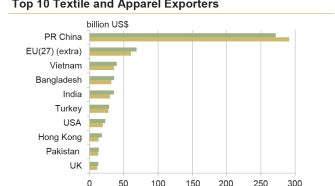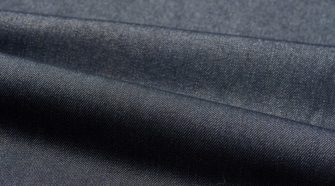Apparel

The Fiber Year 2021 – Most see double-digit declines in textile and apparel exports
The Fiber Year, now in its 21st edition, includes textile and clothing trade data for 60 countries, of which the vast majority contracted at double-digit rates. Just two industries out …

Getting color right – digital color management for textiles and fibers
While digitalization has become increasingly valuable over the past few years, the COVID-19 pandemic has emphasized the need for a fully digitalized supply chain throughout the textile and fiber industries, …

H&M Foundation launches program to make sustainability scalable for the fashion industry
The Billion Dollar Collection, launched in June by the H&M Foundation, draws attention to ten sustainable start-ups with the potential to make a positive impact on the fashion industry. Showcased …

The Lycra Company, Itochu Corporation introduce Coolmax and Thermolite EcoMade fibers from 100% textile waste
The Lycra Company announced its first performance offerings in collaboration with Itochu Corporation, the Coolmax and Thermolite EcoMade fibers, made from 100% textile waste. This is the first of several …

Teijin Frontier debuts Next-Generation Denim with Solotex fiber
Teijin Frontier has developed a new fabric call Next-Generation Denim, which is a super-durable denim with gentle stretch and easy-care achieved by Teijin’s Solotex fiber. The fabric offers the high …

